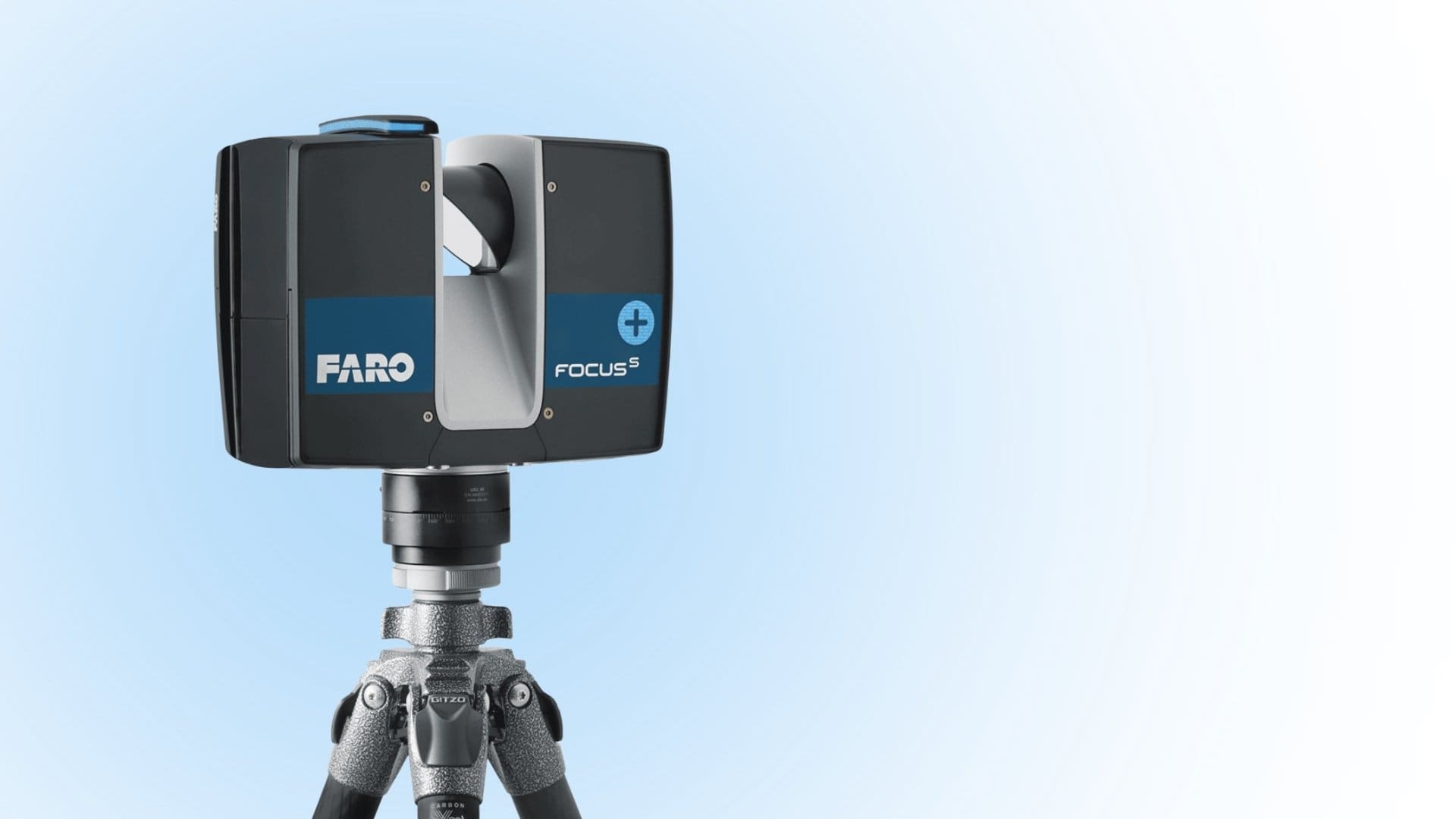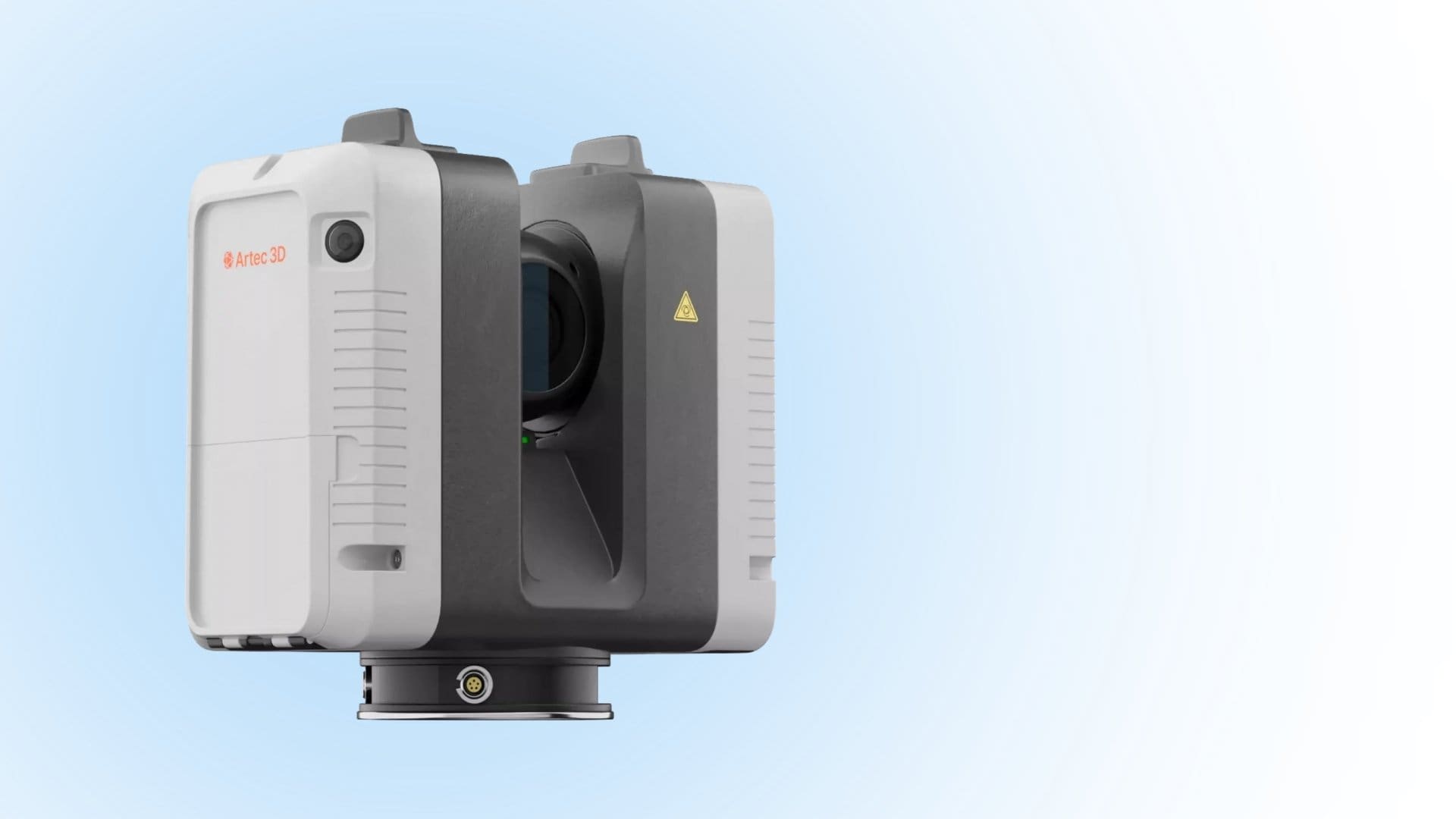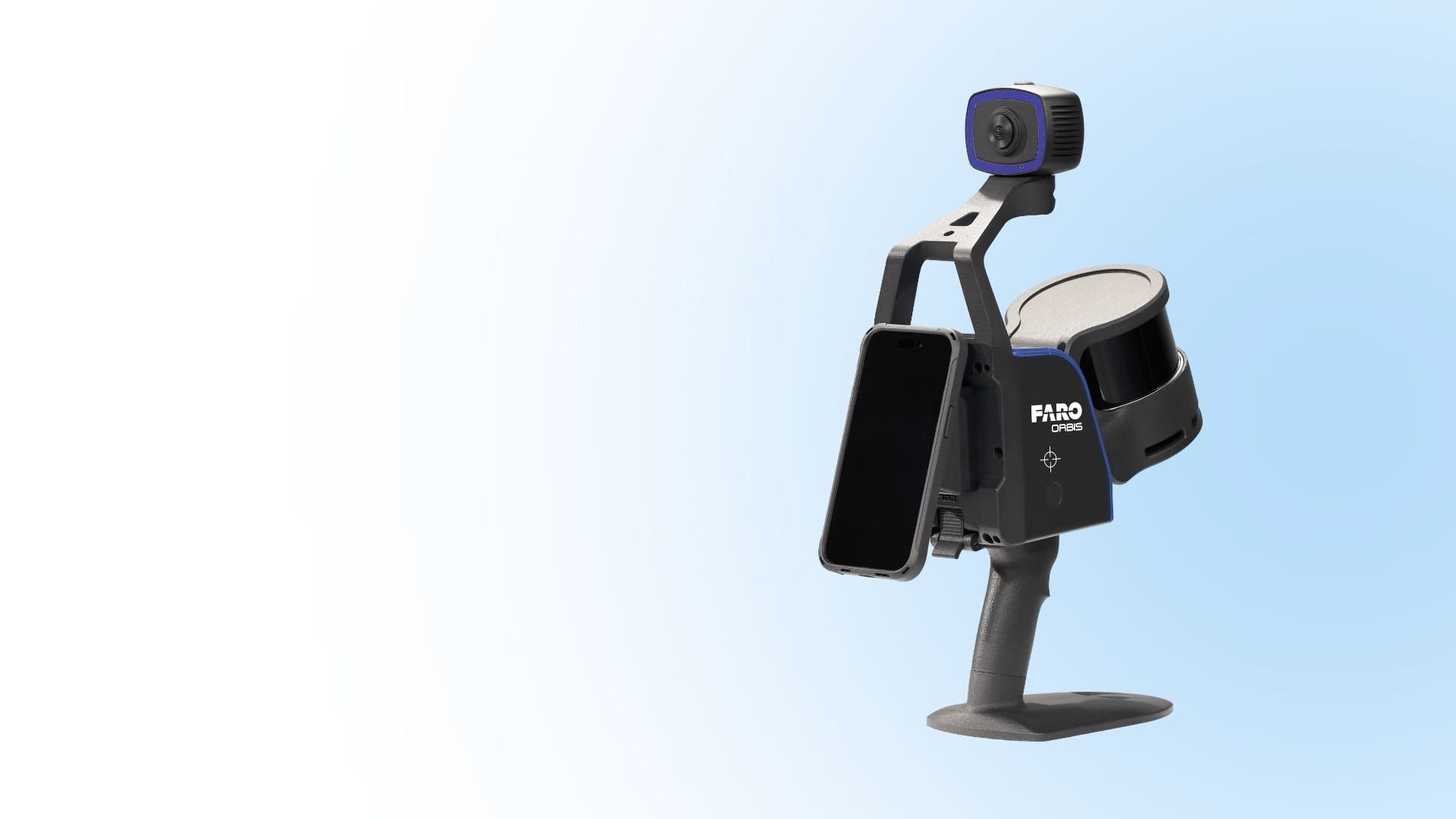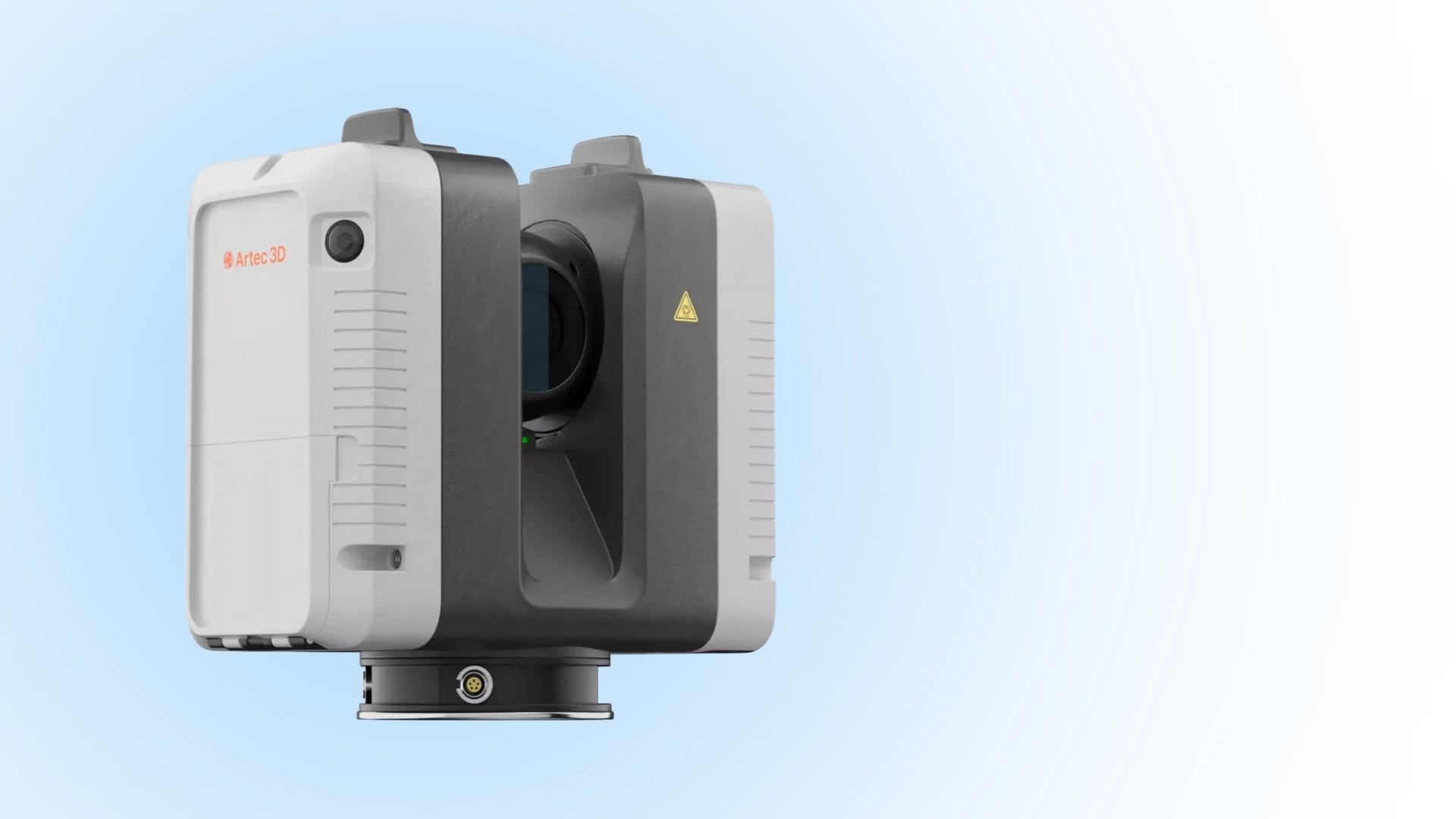
Long-Distance 3D Scanning for Infrastructure
Huge infrastructure projects present unique challenges that can only be addressed with advanced solutions like long-range 3D scanners. Whether it’s
The key elements to consider in long-range 3D scanners include accuracy, scan speed, resolution, scanning mechanism, and ease of use. These aspects determine the performance of the scanner and your overall scanning experience.
Therefore, your first task is to know what to look for in a long-range scanner. Let’s dive into a detailed explanation of these elements to help you make the right choice.
A long-range 3D scanner is an advanced 3D scanning device designed to scan distant objects. Some can scan objects that are kilometers away. These scanners have proven to be valuable tools for professionals in sectors that involve long-distance scanning, like mapping environments, tracking objects, and capturing important data of objects that are physically inaccessible.
These devices are suitable for critical sectors like construction, metrology, aerospace, mining, engineering, architecture, and environmental research. They’re known for their high precision, reliability, and efficiency. However, long-range 3D scanners have varying capabilities for specific scanning needs.
As noted above, there are key aspects of this scanner you should take into account before purchasing it. Here are the most important factors to consider in choosing a long-range scanner:
Long-range 3D scanners can achieve high precision through mechanisms such as precise measurement methods, advanced data-capturing technologies, and a robust design. They normally use high-resolution imaging and phase-based measurement techniques to produce highly accurate scans. Their maximum distance capabilities enable them to capture correct details of large and small objects from long distances.
For instance, if you’re looking for a long-range 3D scanner to map extensive terrains, do aerial surveys, or scan tall construction structures, choose a scanner with range-boosting capabilities, including an algorithm for better signal processing. A good long-range scanner should produce accurate scans even under unfavorable environmental conditions. Moreover, a scanner with two to four millimeters of precision coupled with HDR imaging capabilities can capture accurate scans without tedious adjustments.
The scanning speed of your 3D scanner will affect your productivity and the overall project timelines. So, pick a scanner with the right scanning speed to accelerate your projects.
The scanning rate of a 3D scanner is measured in points per second (PPS), and some long-range 3D scanners can scan up to one million PPS, allowing you to complete large and complex projects on time.
Other long-range scanners, especially those with a scanning range of one kilometer or less, don’t require a lot of time to set up, further reducing the time you take to complete the project.
Resolution refers to the sharpness and clarity of the image captured by the scanner. Different long-range 3D scanner brands offer varying resolution specifications. The main ones are mesh and measurement resolutions.
Mesh resolution refers to the resolution of the 3D mesh created. Most 3D scanner manufacturers specify the mesh resolution of their products without the measurement resolution, which shows the number of points captured by the sensor.
Still, mesh resolution is the most important part, as it’s easier to understand and compute. Closely linked mesh points offer higher resolution. The space between mesh points is commonly referred to as ‘spatial distance’ or ‘point distance.’
Common scanning technologies used in long-range 3D scanning include laser-based, structured light, and LiDAR scanning. However, most long-range 3D scanners offer laser-based scanning technology because it can easily capture accurate measurements of complicated objects.
Laser scanning can happen in two ways: laser triangulation and time-of-flight (ToF). Laser triangulation involves projecting a laser line onto an object and calculating the distance using the angle of the reflected point.
ToF, on the other hand, calculates the time taken by the laser pulse to bounce back from the object. This method is good for long-range scanning because it gives an accurate measurement of the distance.
Choose a long-range scanner model with user-friendly features, built-in software, and a reasonable interface for ease of use. However, the simplicity of your scanner depends on the kind of tasks you wish to perform with it.
There are many elements to consider in a long-range scanner, but the most important include accuracy, scanning speed, ease of use, resolution, and scanning technology. Choose a scanner with features and capabilities that match your project needs.
For all 3D scanning products and solutions, turn to Digitize Designs. We offer a comprehensive line of scanning products for any kind of application!
3D Scanning & Metrology News, Press, Insights, Trends, Case Studies, and more.

Huge infrastructure projects present unique challenges that can only be addressed with advanced solutions like long-range 3D scanners. Whether it’s

Different long-range scanner brands offer varying features and capabilities; hence the need to understand the most crucial aspects of long-range

The key difference between long-range and short-range scanners is the maximum distance at which they can capture data. Ordinarily, long-range

The initial investment cost of acquiring long-range 3D scanners prevents many individuals and organizations from enjoying their numerous benefits. However,